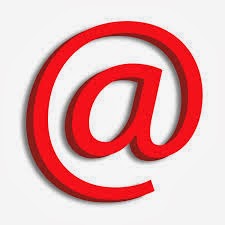Web Site Tools for Windows
Developer Tools
E-mail Software for Windows
Teaching Tools for Windows
Voice Recognition Software for Windows
Web Development Software for Windows
Newsreaders & RSS Readers for Windows
E-book Software for Windows
Firefox Add-ons & Plugins for Windows
PDF Software for Windows
The most downloaded Web Site Tools software, including Website
Realizer, Arclab Web Form Builder, and Sitoo Web.
Developer Tools
Come to CNET Download.com for free and safe
Developer Tool downloads and reviews including
.NET, ActiveX, Coding
Utilities and many more.
E-mail Software for Windows
The most downloaded E-mail Software software,
including MailList Controller Free, ezMailer, and
Stellar DBX to PST Converter
Teaching Tools for Windows
The most downloaded Teaching Tools software,
including TypingMaster Pro Typing Tutor, Typing Trainer,
and Mavis
Beacon Teaches Typing 17 Deluxe
Voice Recognition Software for Windows
The most downloaded Voice Recognition Software
software, including Express Scribe, Dual Writer,
and Express Dictate
Web Development Software for Windows
The most downloaded Web Development Software software,
including Intranet Dashboard Rapid Intranet, S
othink DHTML Menu, and XAMPP
Newsreaders & RSS Readers for Windows
The most downloaded Newsreaders & RSS Readers software,
including Desktop Ticker, GrabIt, and UseNext
by Tangysoft
E-book Software for Windows
The most downloaded E-book Software software, including
ePub Reader for Windows, Free Epub Reader, and
Mobi File Reader
Firefox Add-ons & Plugins for Windows
The most downloaded Firefox Add-ons &
Plugins software,
including Adblock Plus for Mozilla Firefox, PDF
Download,
and Firefox Video Download Helper
PDF Software for Windows
The most downloaded PDF Software software, including Free
Word to PDF, Adobe Acrobat XI Pro, and DeskPDF Studio X











